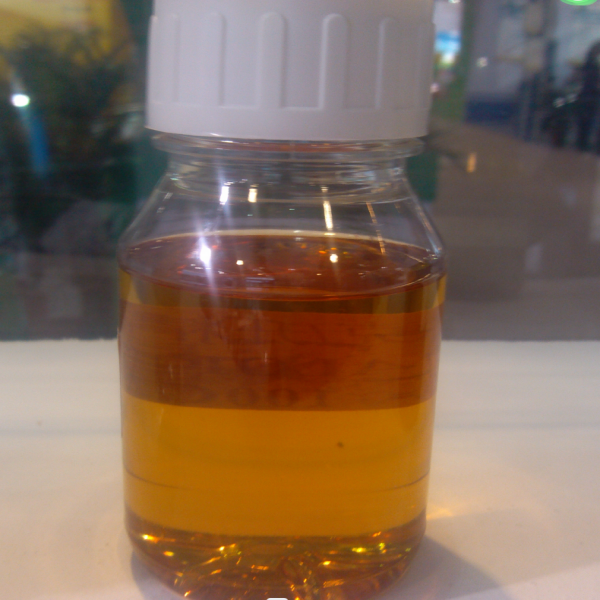
Sep . 14, 2024 10:27 Back to list
famous chlorothalonil fungicides
Understanding Chlorothalonil A Widely Used Fungicide
Chlorothalonil is one of the most recognized fungicides in the agricultural sector, particularly valued for its broad-spectrum efficacy against various fungal pathogens. It belongs to the class of chloronitriles and has been extensively used to protect crops from diseases that can severely impact yield and quality. Since its introduction in the 1960s, chlorothalonil has become an essential tool for farmers worldwide, helping to secure food production and ensure economic stability in agriculture.
Understanding Chlorothalonil A Widely Used Fungicide
Chlorothalonil works through a multi-site mode of action, which means it inhibits several processes in fungal cells rather than targeting a single function. This characteristic makes it less likely for fungi to develop resistance compared to fungicides that operate through a single mode of action. As a result, chlorothalonil can be used in integrated pest management programs alongside other fungicides, reducing the likelihood of resistance development and prolonging the efficacy of different products.
famous chlorothalonil fungicides

Despite its efficacy, the use of chlorothalonil is not without controversy. Concerns have been raised regarding its environmental impact and potential health risks. Studies have indicated that chlorothalonil may pose risks to aquatic ecosystems, as it can be toxic to fish and other aquatic organisms. Furthermore, its classification as a probable human carcinogen has led regulatory agencies in various countries to scrutinize its use. As a result, there have been efforts to limit its application and investigate safer alternatives in crop protection.
Farmers utilizing chlorothalonil are encouraged to adhere to guidelines for safe application, including using protective gear and following recommended dosages. Integrated pest management practices, which incorporate cultural, biological, and chemical controls, can enhance the sustainability of using chlorothalonil while minimizing potential risks.
In recent years, the agricultural industry has seen a push toward the development of more sustainable and eco-friendly fungicides. Research is ongoing to discover new compounds that could replace or work in conjunction with traditional fungicides like chlorothalonil. This shift is crucial, as the challenges of climate change and evolving pathogen resistance necessitate innovative solutions in crop protection.
In conclusion, chlorothalonil has cemented its place as a vital fungicide in agriculture, providing essential crop protection benefits. While it has proven effective against various fungal diseases, it is imperative for farmers to remain informed about its environmental and health implications. Balancing efficacy with safety will be key in managing chlorothalonil's use in the future while also exploring sustainable alternatives within the agricultural landscape.
-
Azoxystrobin: Broad-Spectrum Fungicide Solutions
NewsAug.11,2025
-
Best EPA Boscalid: Superior Crop Fungicide for Max Yields
NewsAug.11,2025
-
Best Willowood Imidacloprid: Superior Pest Control Solutions
NewsAug.10,2025
-
Best EPA Boscalid Fungicide: Ultimate Crop Protection
NewsAug.09,2025
-
Cyprodinil Fungicide: Broad-Spectrum Crop Protection
NewsAug.08,2025
-
Tembotrione Herbicide: Advanced 8% OD for Broad Spectrum
NewsAug.07,2025
